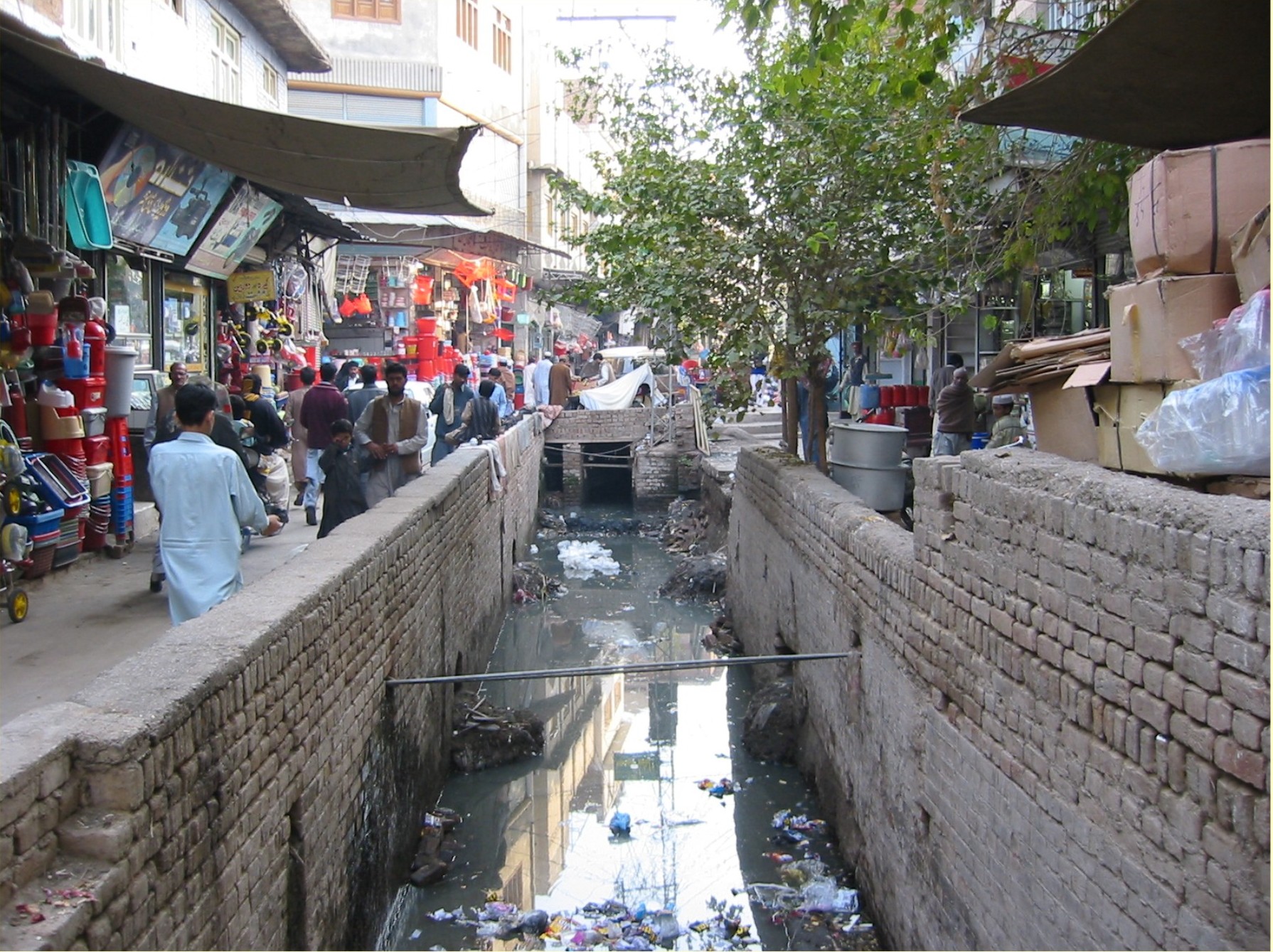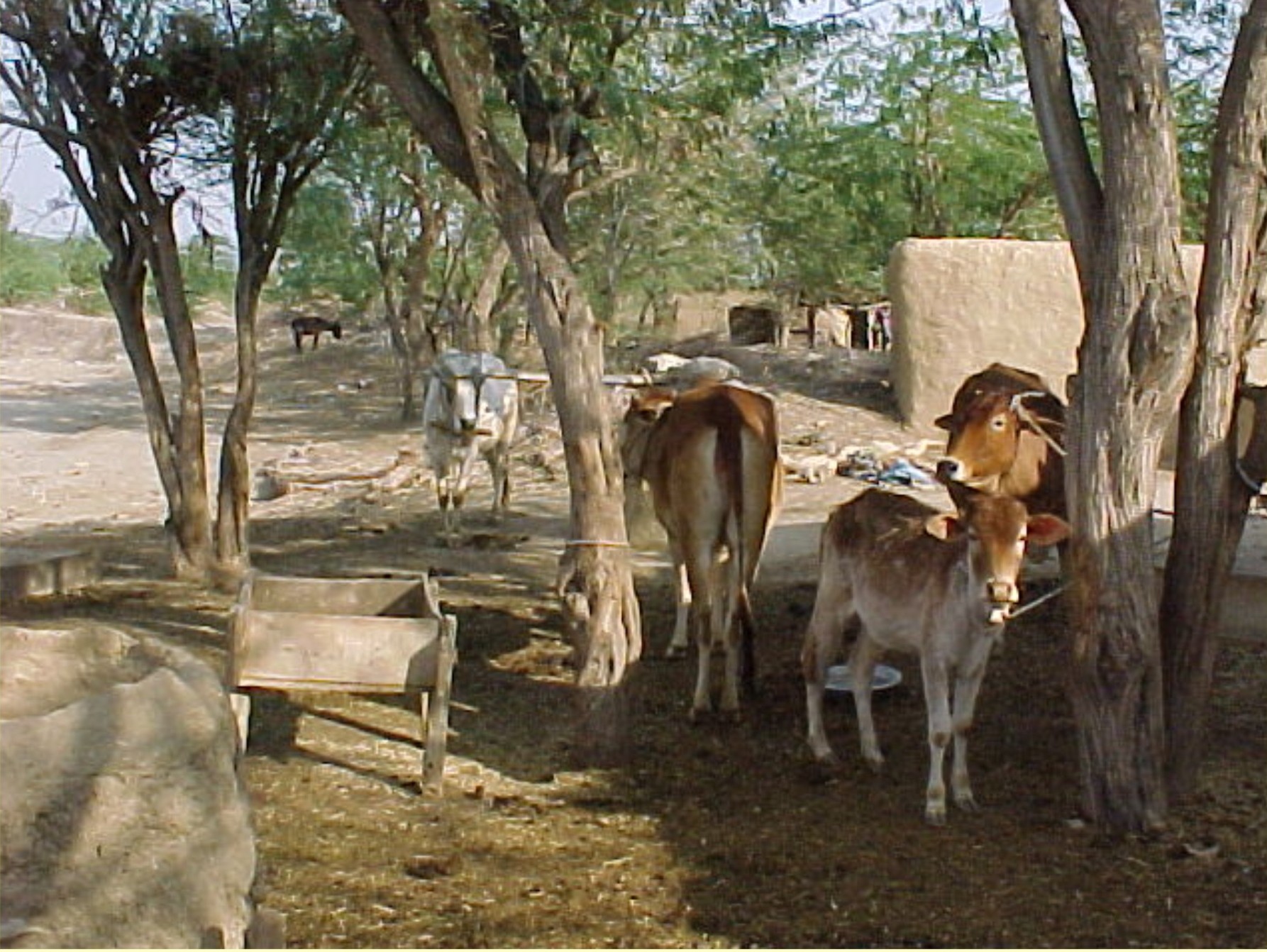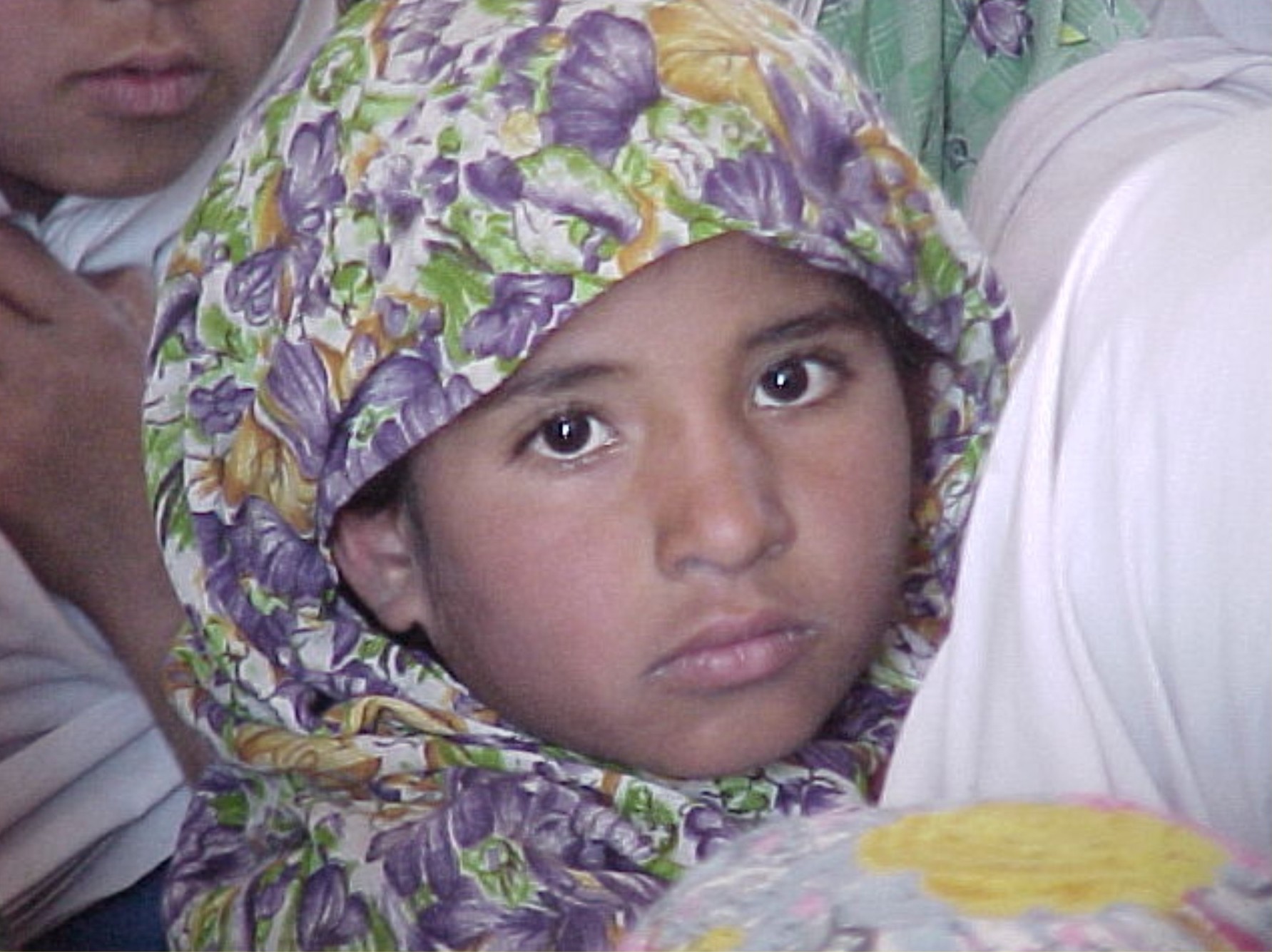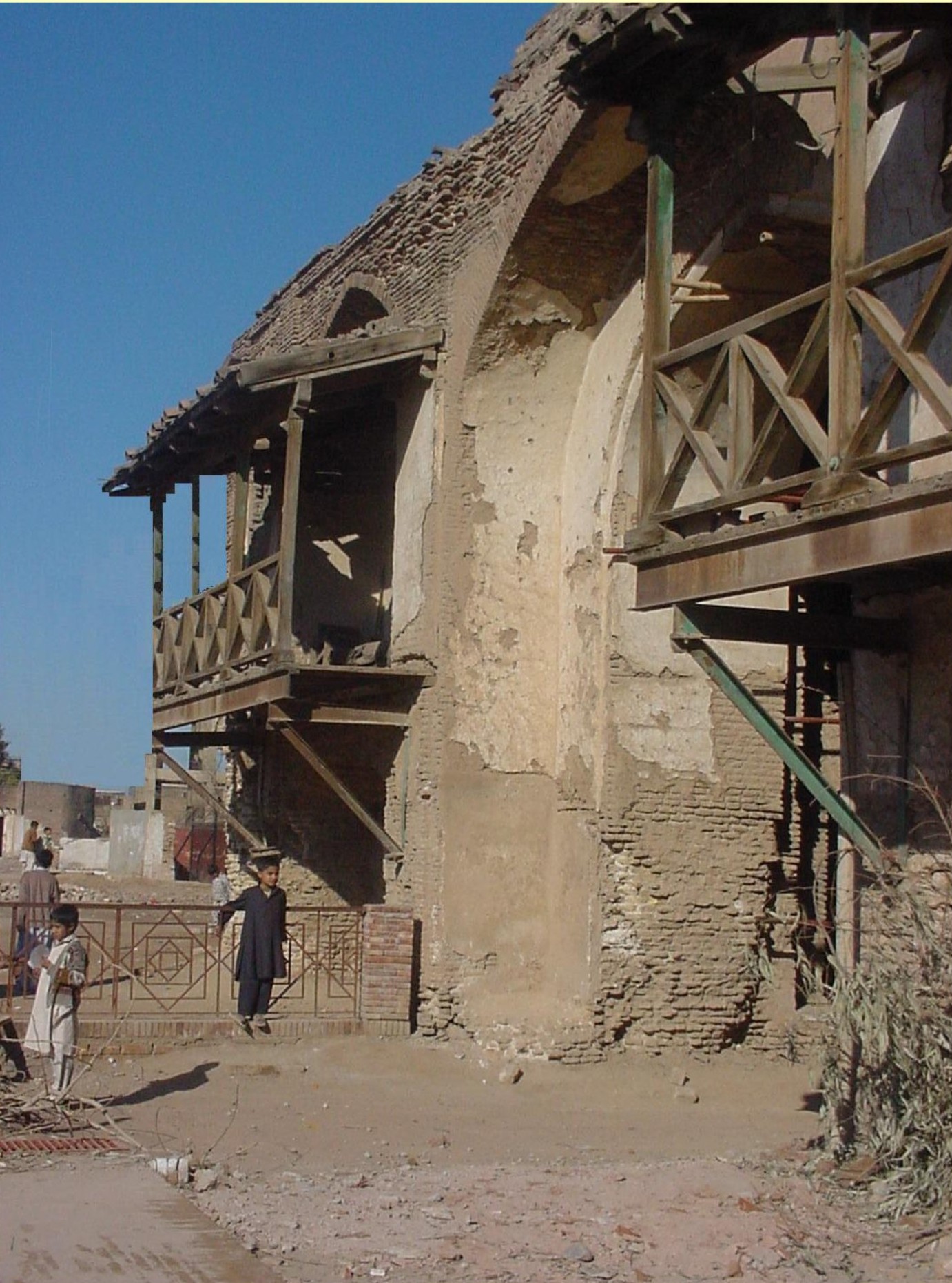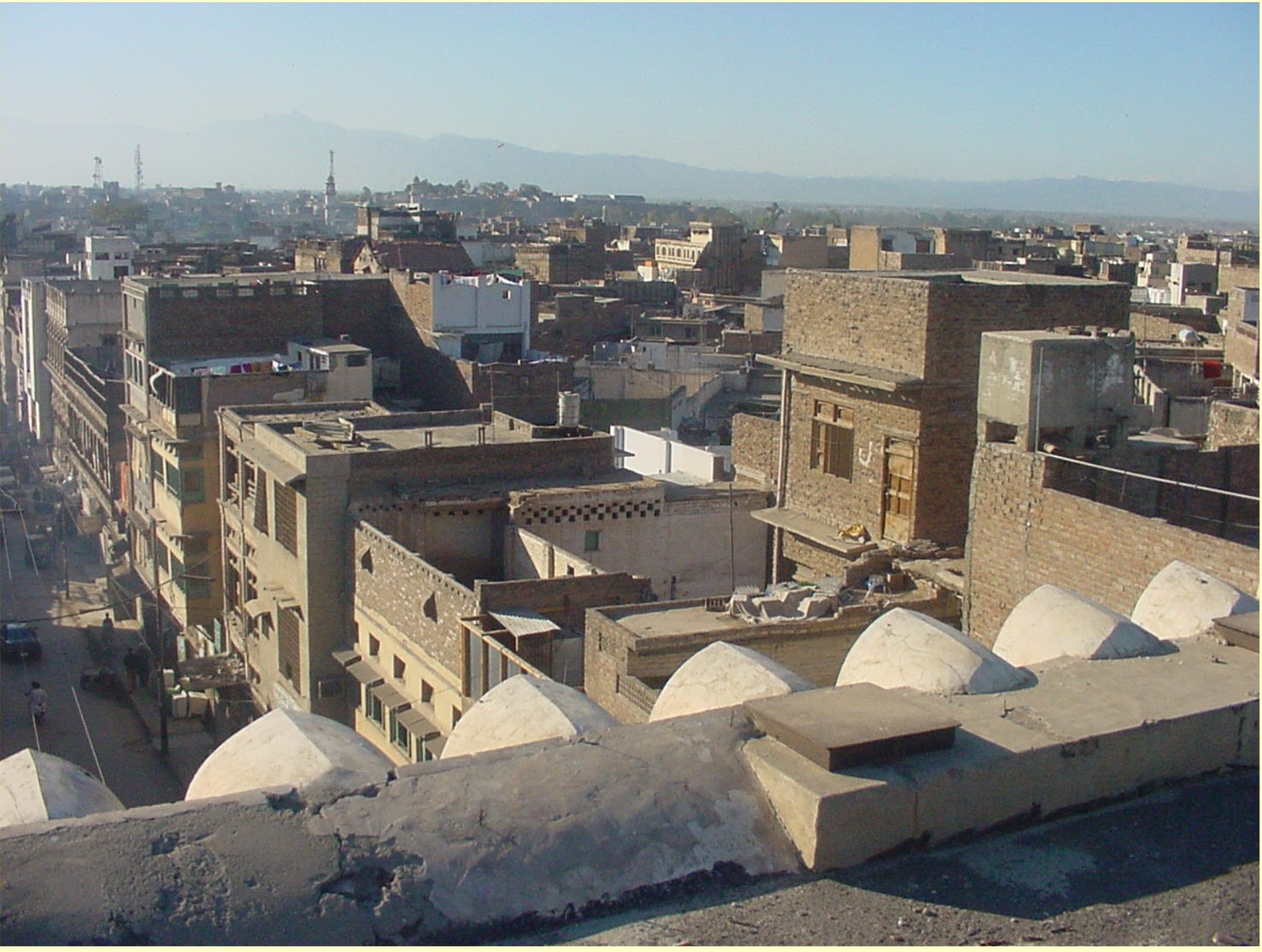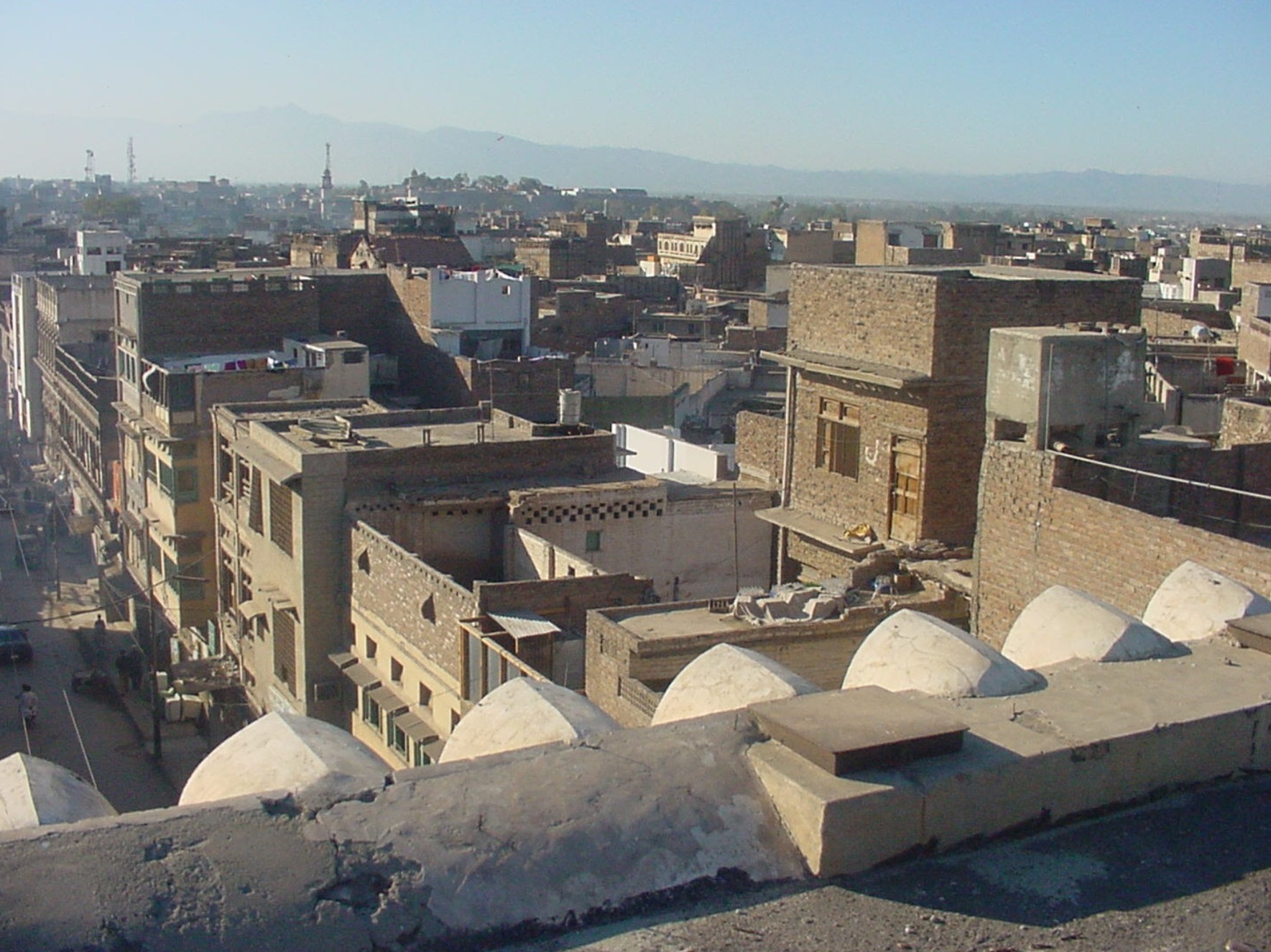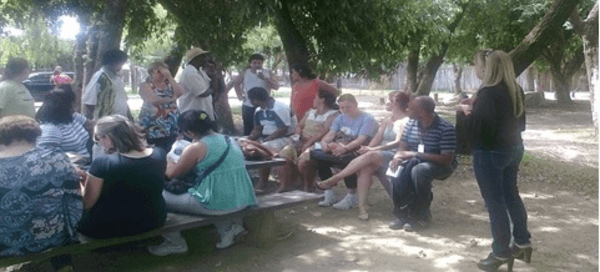The CDS was developed within two years, between May 2001 and April 2003. Four main steps characterised the strategy's development process:
1. Preparation and stakeholder mobilization
Peshawar Municipal Corporation (assisted by a technical assistance team) discussed with international partner institutions (World Bank and UNCHS) about the strategy’s development modalities. This common work resulted in an inception report and a Participation Strategy and Plan. Key stakeholder groups (including the most marginalized ones) were identified in order to guarantee the representation of their interests during the strategy development process; existing institutions have been mobilized and three additional mechanisms have been created:
The TA-Team was hired, composed of specialists in participatory planning; municipal finance; institutional development; & municipal engineering
a) Steering Committee (SC)
High provincial presence and civil society representatives as members; mandated to provide:
- support to the CDS when needed;
- guidance and advise on provincial policies effecting local governments in general, and the Peshawar City District in particular.
b) Interdepartmental Task Team (ITT)
Chaired by District Coordination Officer, with all Executive District Officers as members; mandated to:
- support and internalize CDS process within Peshawar City District government
- validate key outputs
- make recommendations to the Steering Committee
- designate sectoral working groups and focal points
- provide data on Peshawar City District and various sectoral issues
- provide technical support during the strategy development process
- facilitate consultations and ensure departmental participation
- hold fortnightly meetings to review and steer the strategic process;
- disseminate information on CDS objectives, process and its outputs
c) Planning Team
A multi-stakeholder forum to work on a day-to-day basis with TA-team for strategy formulation and internalization of the process. The forum was composed of representatives of civil society and elected representatives and appointed staff of Peshawar City District government and mandated to:
- facilitate and coordinate the process of data collection
- prepare a city profile
- organize consultations with stakeholder groups with support from TA-team
- maintain close liaison with the Interdepartmental Task Team
- provide inputs in the preparation of the CDS and City Assistance Plan
2. Consultations
Consultations were organized with the main stakeholders identified during the first phase, including officials from the provincial and local governments; elected representatives from the Local Governments; private sector representatives; professionals; academicians; and representatives of NGOs/Community Based Organisations.
There were various types of consultations held to ensure inclusiveness. They included individual meetings, group meetings or multi-stakeholder workshops, as well as an e-discussion group and press announcements. Using the SWOT-method, the consultations helped to identify strengths, weaknesses, opportunities and threats in Peshawar City District from the perspective of Peshawar’s citizens and to gather ideas for the development of the district.
The first City-wide Consultation Workshop was held in mid-march 2002. Thanks to broad participation of key stakeholders it allowed the drafting of a consensus vision (“A City of Peace and Prosperity”).
3. Issue Prioritization
Feedback gathered during the consultation period was then analyzed in order to prioritize issues for Peshawar's development. While some problems could be categorized as sectoral, the majority of issues were related to basic service provision and governance issues (representing nearly 80%). With Governance and Institutional Development as the overarching theme, the main categories of focus were:
(a) Municipal Services;
(b) Agriculture;
(c) Health;
(d) Education;
(e) Local Revenue Generation
Following the consultation period, the new institutions created by the Devolution Plan were in place but still faced serious constraints, among others a lack of policy direction and resources, low capacities, weak systems and procedures and a low level of awareness of the new responsibilities. Recognizing local governance and institutional shortcomings as serious challenges gradually emerged among officials and as a key priority for Peshawar’s City Development Strategy.
One of the main concerns for officials was to ensure that although long-term planning was useful, the CDS must focus on the immediate and short-term needs of the Peshawar City District government. Thus following priorities were:
(i) focus on institutional development and governance issues as low-investment, high-return actions;
(ii) largely rely on Peshawar City District mandate and potential resource generation capacity for implementation;
(iii) ensure consistency with provincial and federal policy frameworks
4. Strategy Formulation
At the end of September 2002, the second city-wide Consultation Workshop took place with the aim of:
(1) reviewing recommendations that evolved in priority sectors and in cross-sectoral areas and to seek feedback;
(2) ensuring political ownership and obtain commitments from provincial and Peshawar City District governments for the implementation of recommendations;
(3) agreeing on next steps
The CDS development process was based on public participation. It was aimed at better including marginalized groups and to identify and address population's daily concerns. New institutional arrangements and new steering bodies were created in order to guarantee the implementation of the strategy in the long run. Finally, the strategy aimed at increasing administrators' capacity to govern by clarifying their competences and responsibilities and providing them with more resources.

